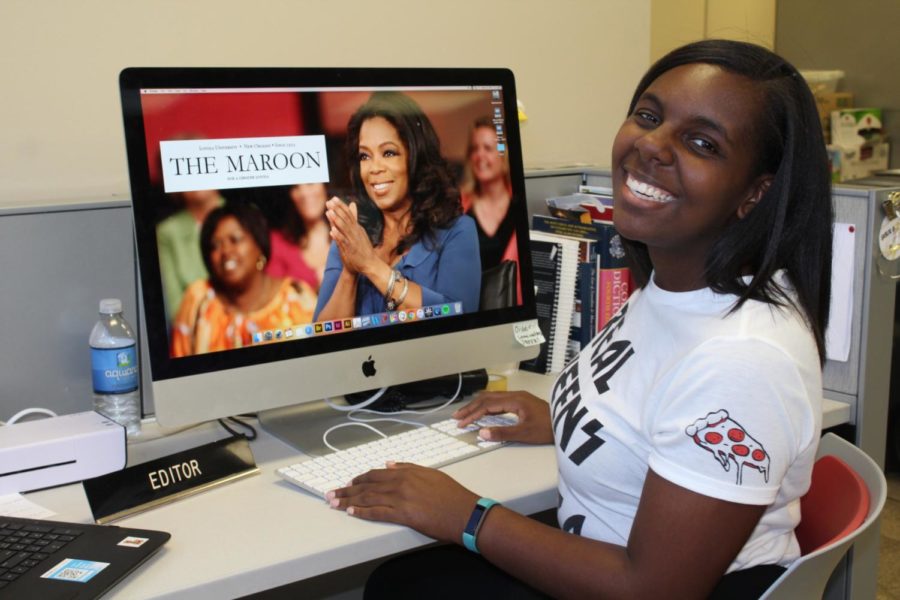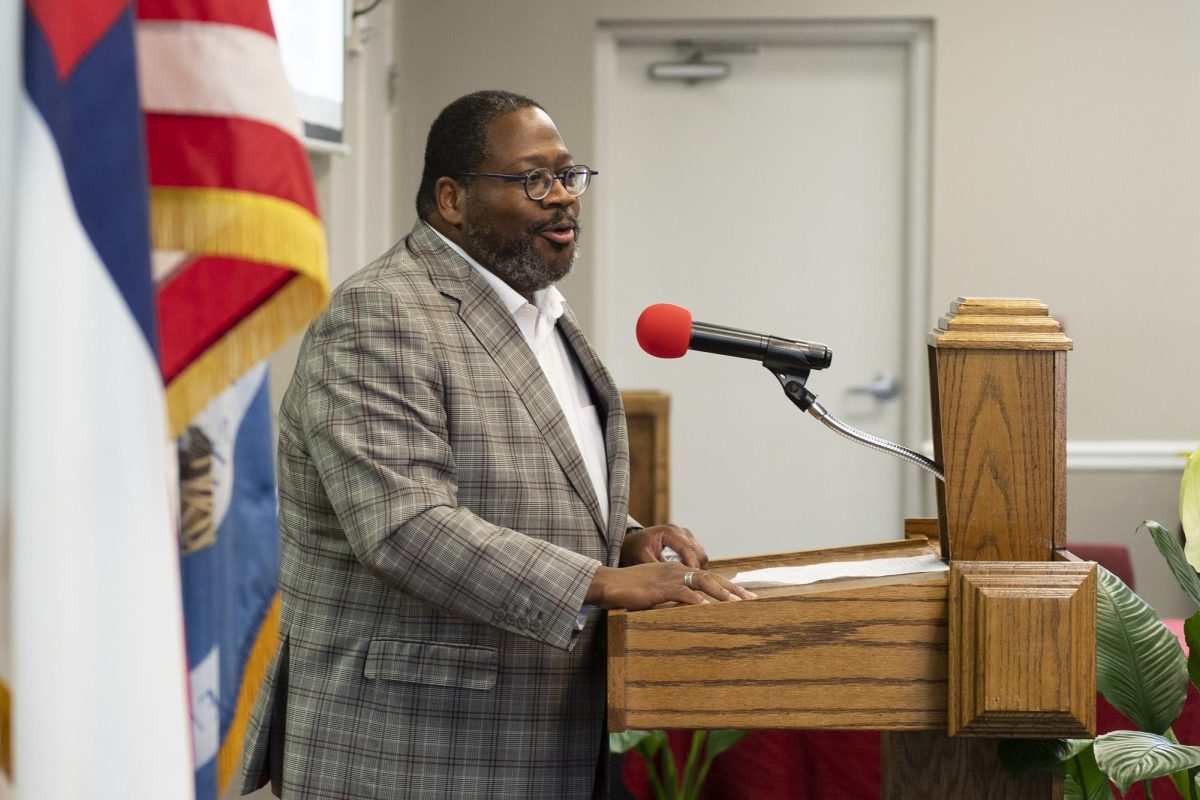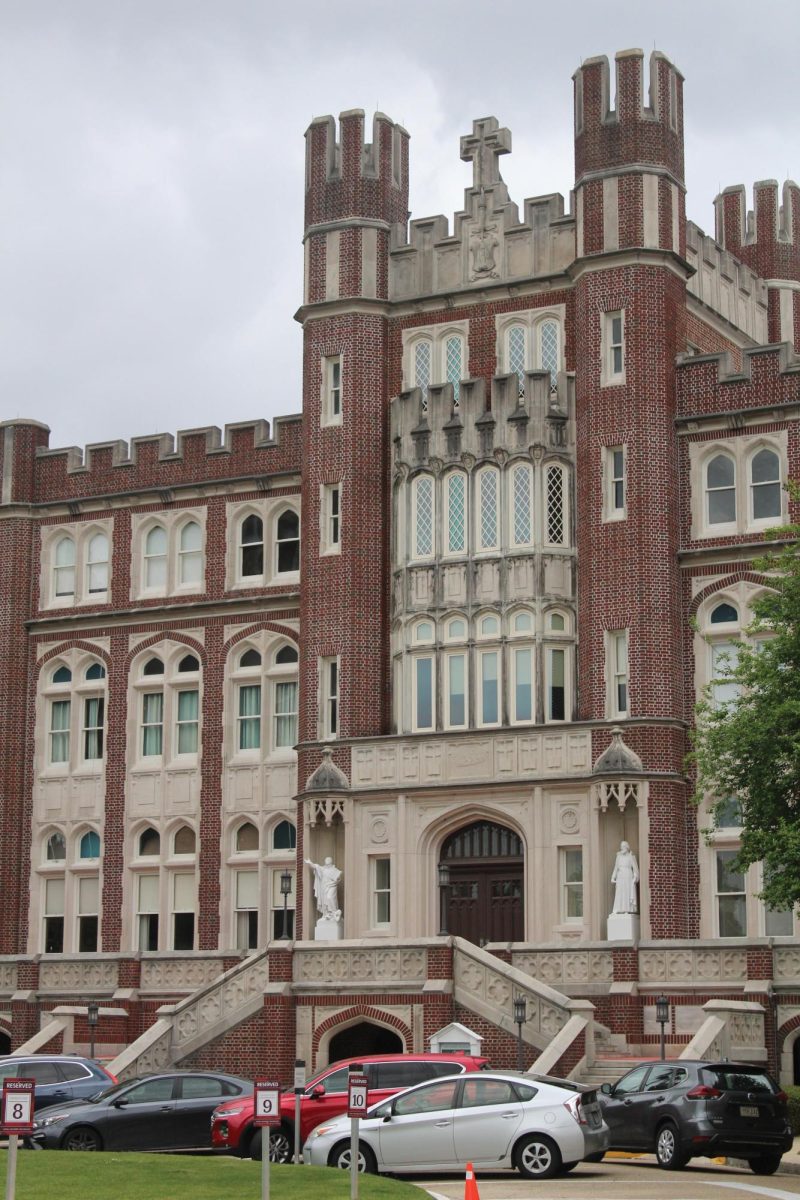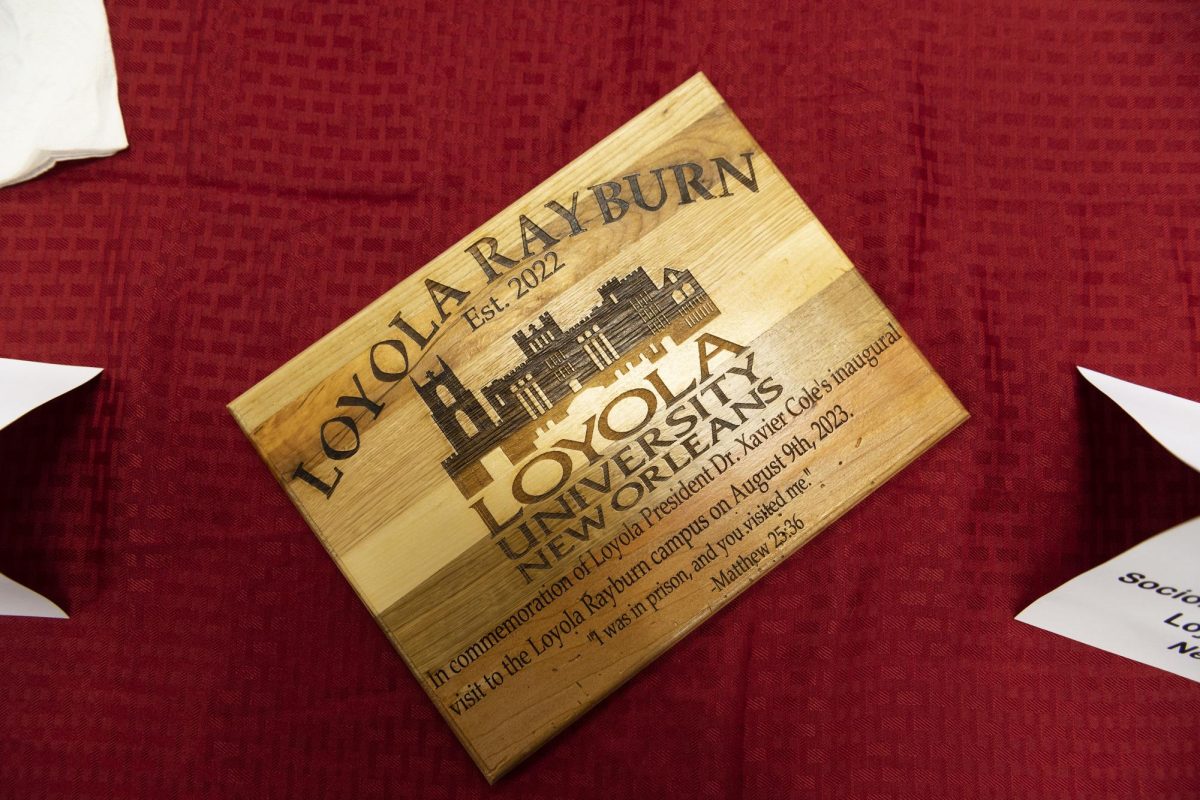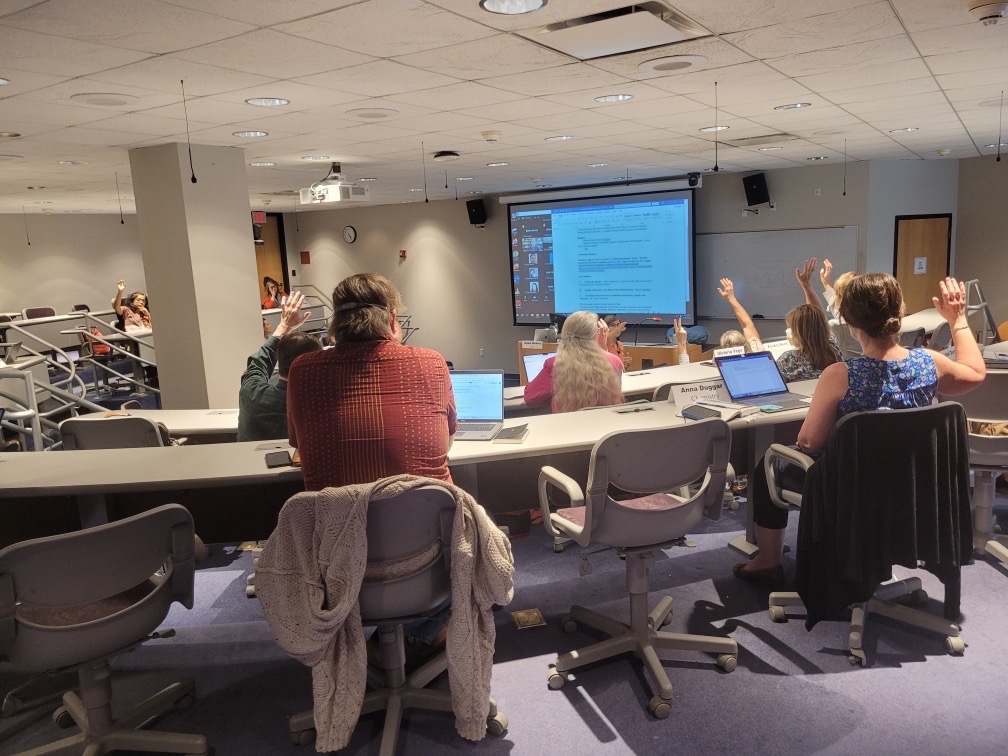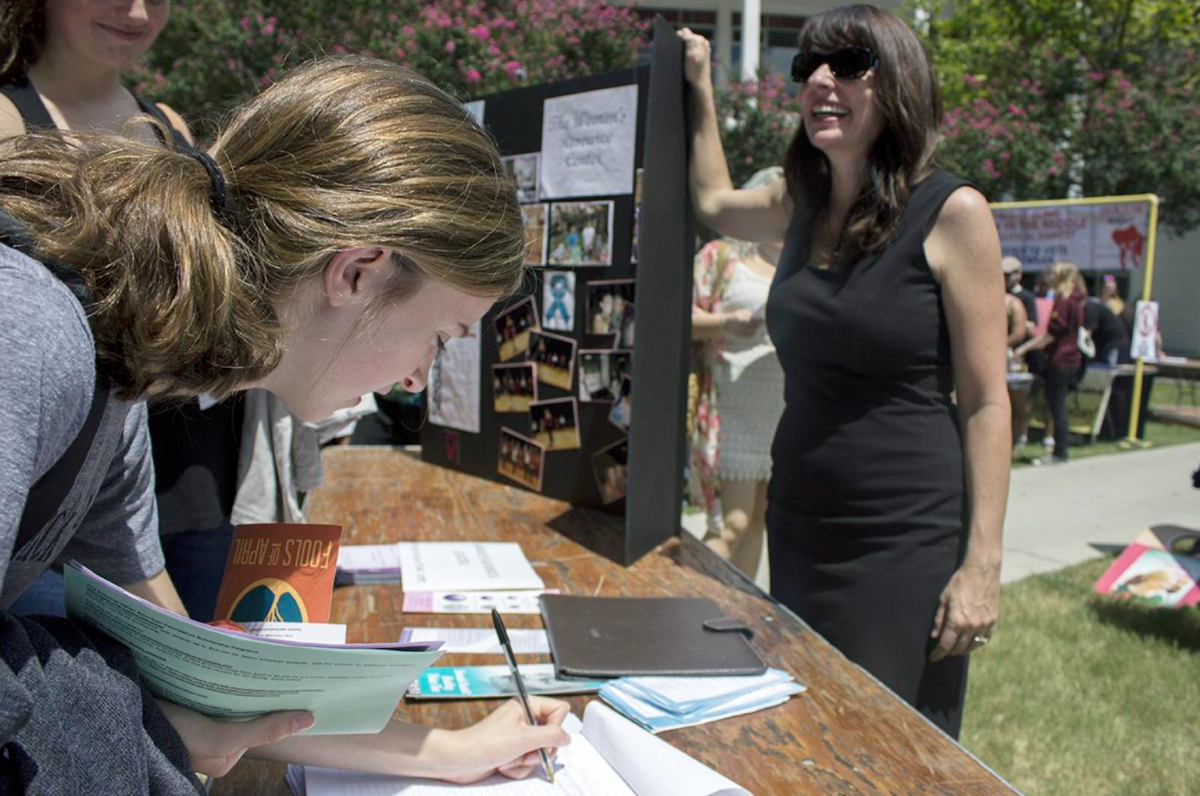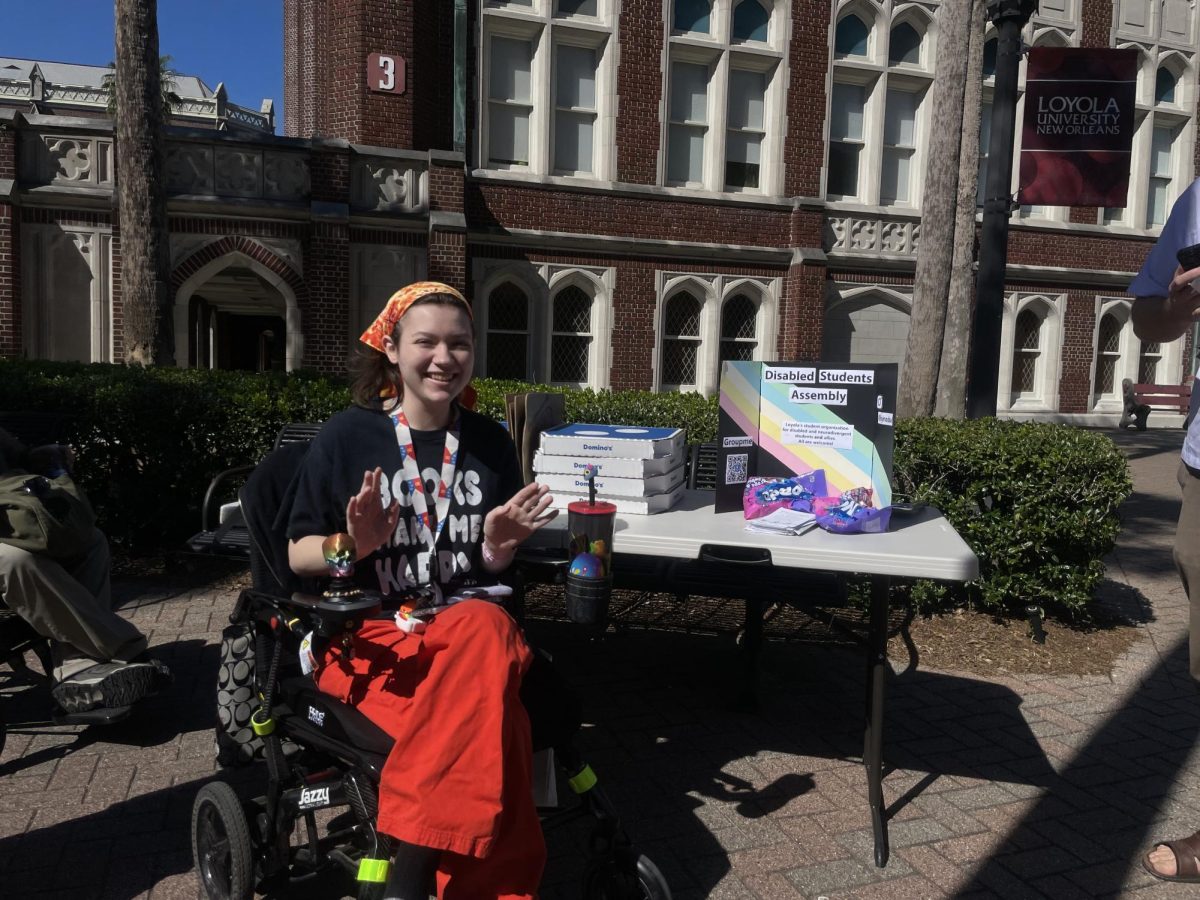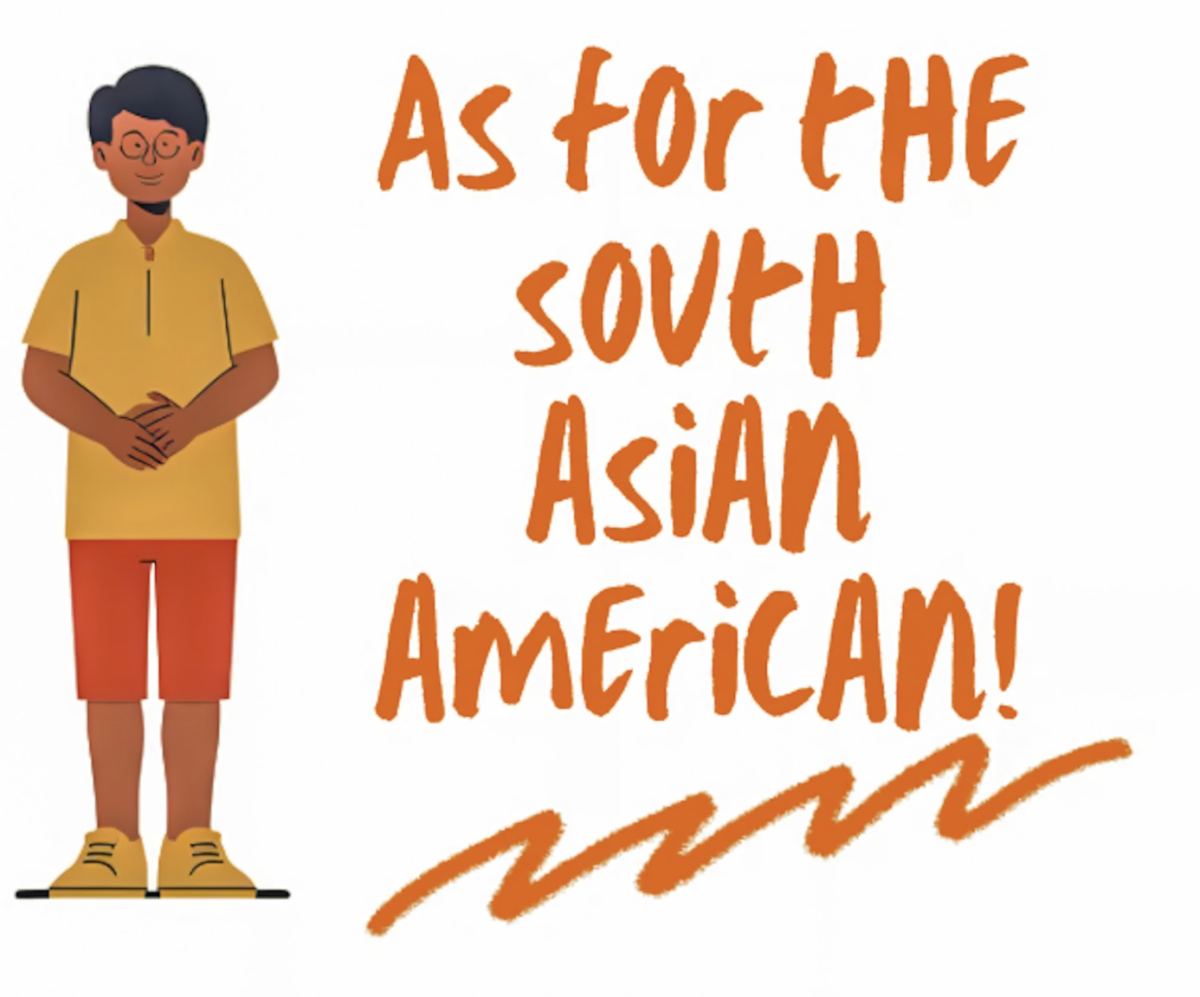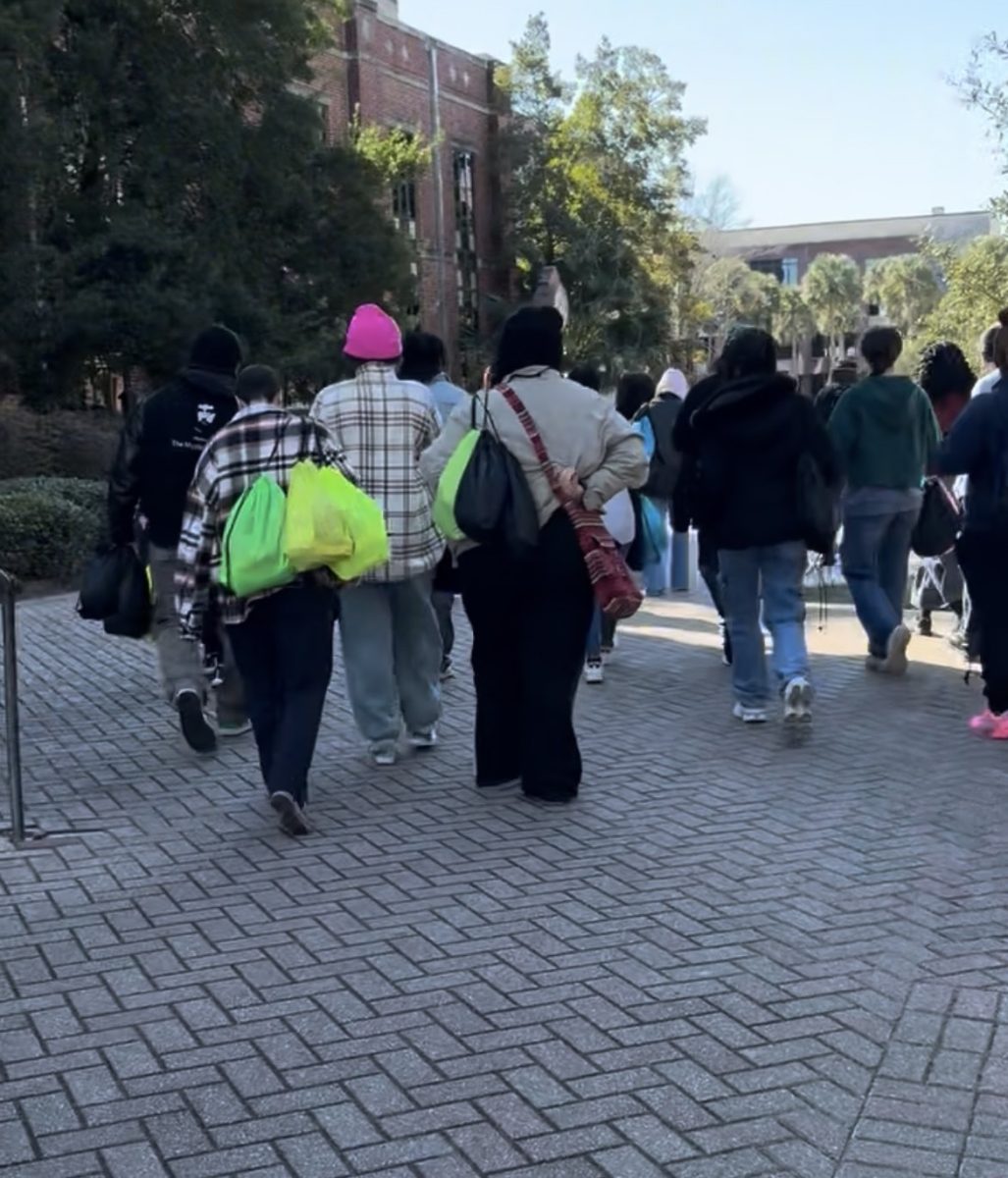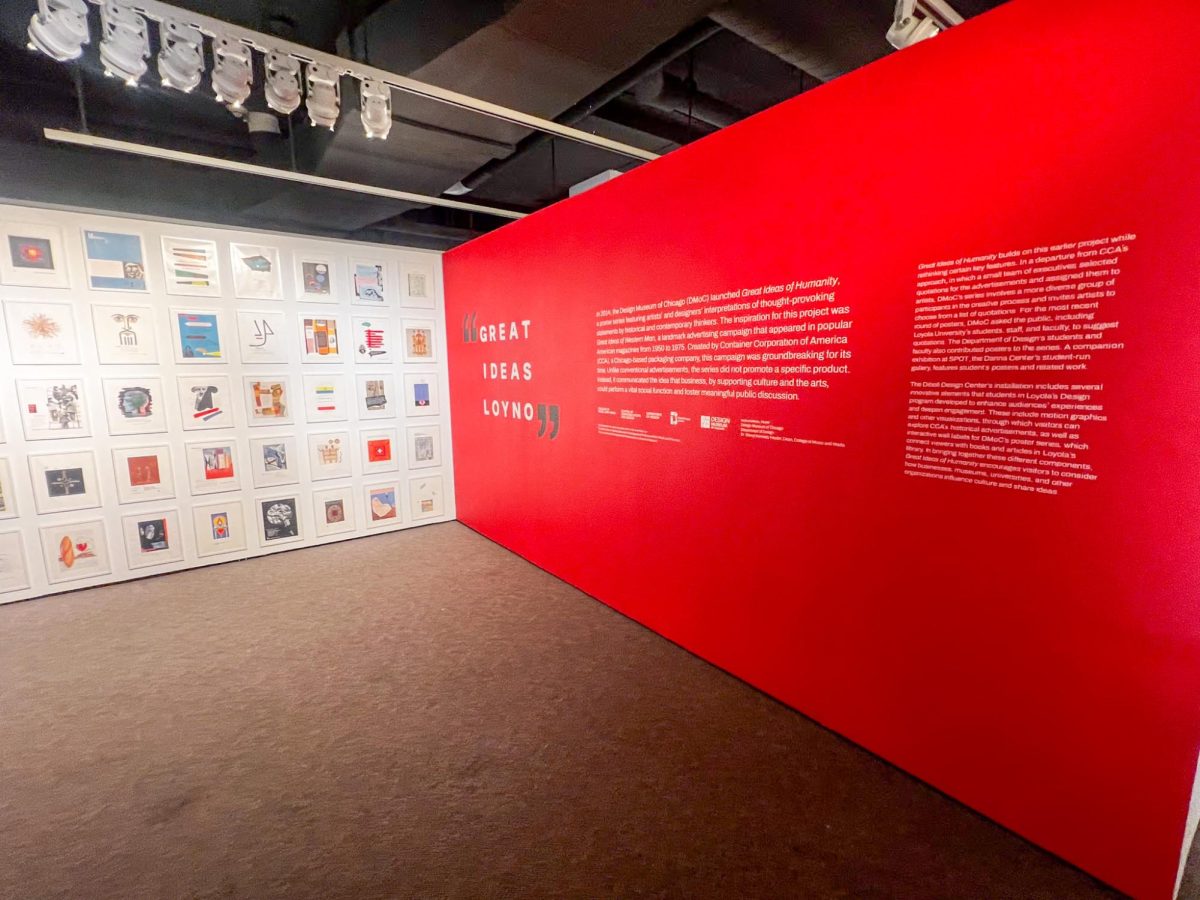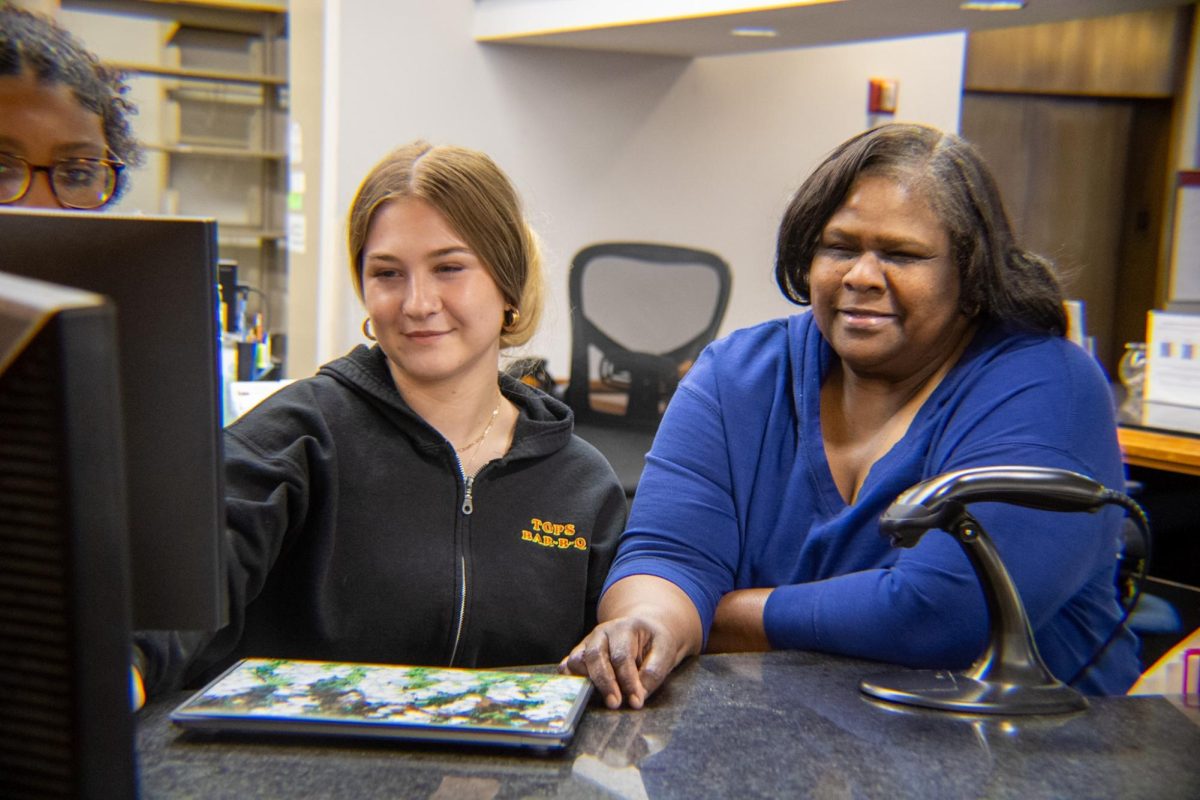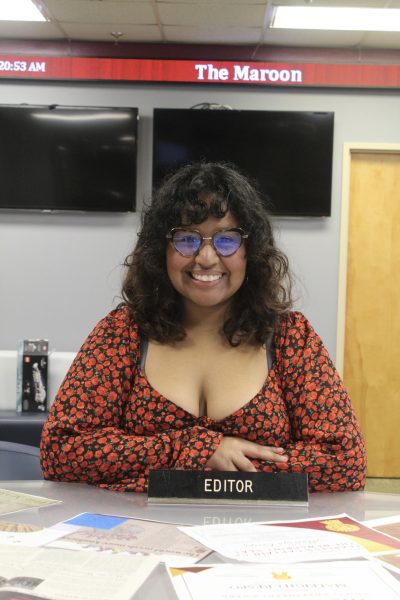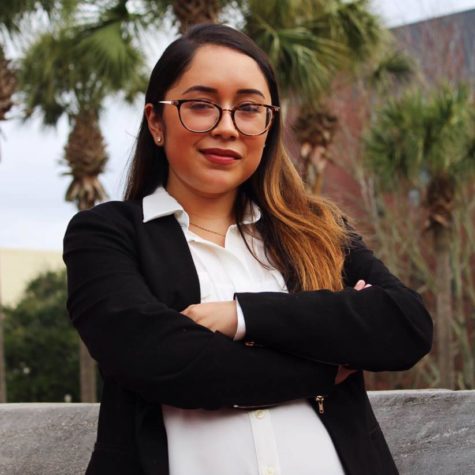When Lea Stevenson became the first Black female editor-in-chief of The Maroon, 48 years after the newspaper’s inception, she wasn’t aware of the milestone at the time.
Race wasn’t at the forefront of everyone’s minds, Stevenson said.
“All three major student newspapers: Tulane’s, Loyola’s, and UNO’s were in the hands of women,” she said.
To her, that feat was significant enough.
Stevenson recalls everyone working hard to meet deadlines, even at 2 or 3 a.m. in the morning; to which, no one complained, she said.
Racial perspective is more the focus of today than it was then, she said.
Although race wasn’t a factor in the ‘70s for Stevenson and her team, 44 years later, the newsroom would elect its second Black female editor-in-chief Nia Porter, who said her time at Loyola as a Black woman was difficult.
Porter describes the treatment of students of color during her time at Loyola as “pretty difficult,” but as a newsroom, she felt The Maroon’s commitment to diversity and representing marginalized communities didn’t waver.
Porter said she doesn’t remember ever having a hard time doing what they wanted with the paper, but she does recall receiving pushback on issues regarding sexuality, but less about racial issues.
“There were people of different ethnicities and sexualities in every position, so everything felt super diverse when I was there,” she said.
Porter describes her tenure as one of the first Black female editors-in-chief as “planting a seed” that she’s happy to see other Black women “blossom in.”
Two years after Porter planted the seed, in 2017, budding pre-med freshman Starlight Williams found herself at a Maroon press night – known all too well by generations of Marooners – wherein the newspaper is assembled before hitting campus newsstands on Fridays.
“After that night, I ended up becoming the Life and Times editor, and I… never looked back,” she said.
Williams recalls her journey to editor-in-chief as being nonlinear, as she started as a pre-med student, worked primarily as the editor of The Wolf Magazine, and even spent a semester away from the paper – all before becoming editor-in-chief.
However, the day Williams was elected, happened to be the same day of the Clinton-Trump election.
“It’s kind of ironic because it was the best day of my personal life, but it was a lot of struggle for the country,” she said.
According to Stevenson, working journalists are subject to the “whims and prejudices” of the people around them, as well as the people who work with and for them.
“And all you can do is cope with it, and be prepared for it,” she said.
In Williams’ time as editor-in-chief, she tried to carry on the commitment to cover every corner of campus.
“The editors before me, their big thing was diversity and making sure all aspects of the Loyola community was seen in some shape or form,” she said. “And we weren’t always perfect about it. But we tried.”
As a Black woman at a predominantly white institution, Williams said she felt “particularly blessed” during her time to have had Black mentors and peers around her for support.
“Loyola is a PWI – technically,” she said. “I say ‘technically’ because we had a vast privilege of being surrounded by so many people of color the way we did. And it’s not to say that it’s enough, it’s not to say that we couldn’t do better.”
As Porter and Williams strived to maintain diversity and inclusion within the newsroom and through their news coverage as only two of three Black editors-in-chief, Sidney Holmes found herself in their same position in 2018 – not realizing that it was rare to be a Black editor-in-chief.
“When I was a freshman, Nia Porter was editor, and then, when I was a sophomore or a junior, Starlight [Williams] was editor,” she said. “For me to have two Black women ahead of me, I never thought of it as something that was rare or unattainable.”
Holmes said becoming editor-in-chief of a newspaper, at all, was something she never imagined would happen.
“But I never thought it was something that I couldn’t do because of who I am,” she added. “And I always felt like I had a lot of encouragement from people like Giusti.”
Professor and advisor of the paper for the past two decades, Michael Giusti, was described by Porter, Williams, and Holmes as the person who watered their blossoming potential.
Giusti encouraged Porter to submit her stories for publication, pushed Williams out of her comfort zone of feature writing, and nudged Holmes into joining the Maroon Minute – all of which was instrumental in them becoming editors.
“He was an amazing advisor to me and to my cohort of editors at the time,” Porter said.
In addition to feeling supported by longtime Maroon advisor, Porter and Williams recalled their late nights in the office putting the paper together.
“Seeing what we got to do was always worth being up, whether we were up at midnight, at 3 a.m., even if we were finished at 8 p.m., it was always a success to see what we got to put together at the end of the day.”
Porter reflects on her time at the newspaper fondly. She describes it as an unforgettable time – especially on press nights.
“I will always love the Loyola Maroon,” she said. “Just having a support system of other editors and writers… that was such a beautiful time, especially with the relationships I built, all the love, and how much we came together… I’ll remember it forever.”
Beyond building connections and fostering personal growth, the women, including Stevenson, said their experience at the newspaper gave them the tools they needed to pursue careers in media post-grad.
Stevenson said, “It was a significant step for me. It launched me into my later career in television.” She added that while she appreciated the boost, she didn’t concentrate on it.
As a journalist, Stevenson said, you don’t look for conflict.
“You take the hand that’s dealt you, and you play it well,” she said. “And that’s all you can do, not only as a Black journalist, but as a journalist of any kind.”
Stevenson said that although this doesn’t shield you from any of the things that will fly your way because of race, it certainly makes you wary.
It makes you approach things with your guard up – more so today than back then, she added.
Porter said that the news industry may seem precarious right now, but there will always be a need for diverse voices.
“Newsrooms need different voices. And they need different experiences. And they need those people, with that experience, in the newsroom to be able to tell the stories of our world,” she said.
And as The Maroon celebrates a century of journalism, the names Lea Stevenson, Nia Porter, Starlight Williams, and Sidney Holmes should all be known, not only as bearers of the mirror and the lamp, but as seed sowers for future generations of Black women to be seated at the helm of Loyola’s longest-standing organization.


